Optimal Timing for Enclosed Gazebo Installations
Enclosed gazebo installations are typically best performed during moderate weather conditions to ensure proper setup and curing. Optimal timing often falls in spring and early fall when temperatures are mild and humidity levels are manageable, reducing potential installation challenges.
Spring offers mild temperatures and longer daylight hours, facilitating easier installation and better curing conditions.
Fall provides cooler weather and less humidity, which can help prevent issues related to heat or moisture during setup.
Summer heat and winter cold can complicate installation, potentially leading to delays or material issues.
Scheduling during off-peak seasons allows for better planning and resource allocation.

A professional setup during spring ensures optimal conditions for durable construction.

Fall installations benefit from cooler weather and less humidity, aiding installation quality.
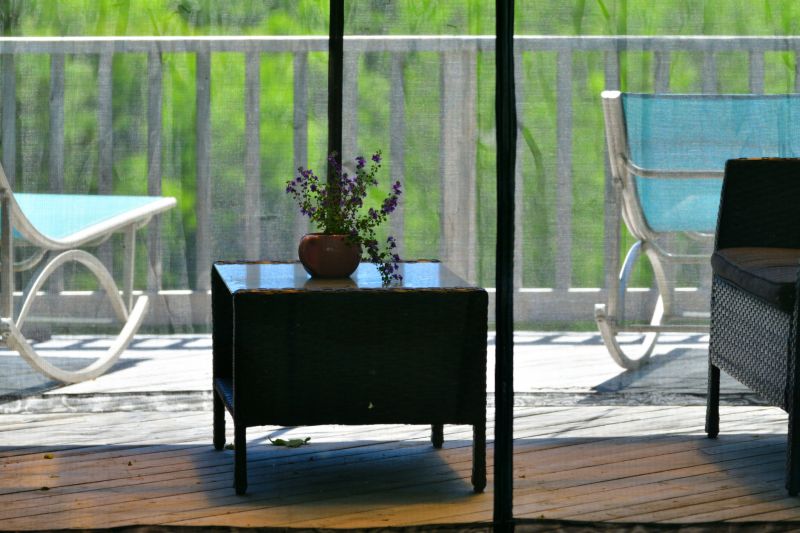
Choosing the right season minimizes weather-related disruptions during installation.
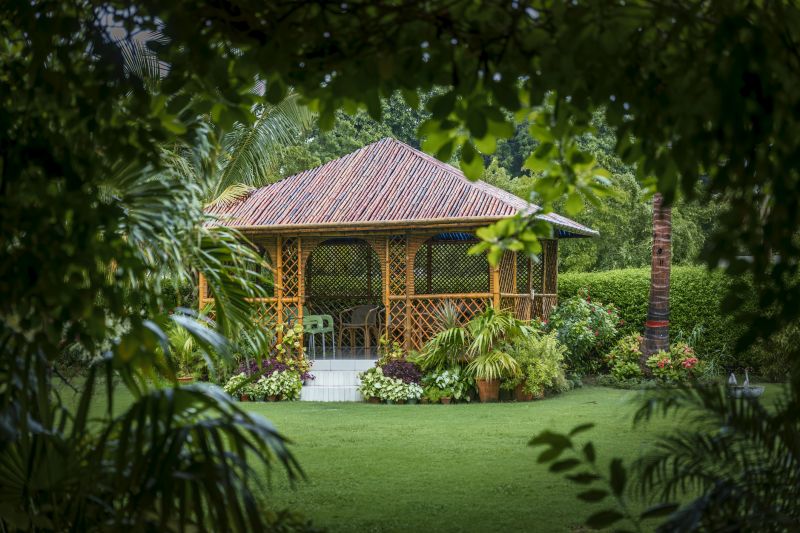
Ways to make Enclosed Gazebo Installations work in tight or awkward layouts.

Popular materials for Enclosed Gazebo Installations and why they hold up over time.
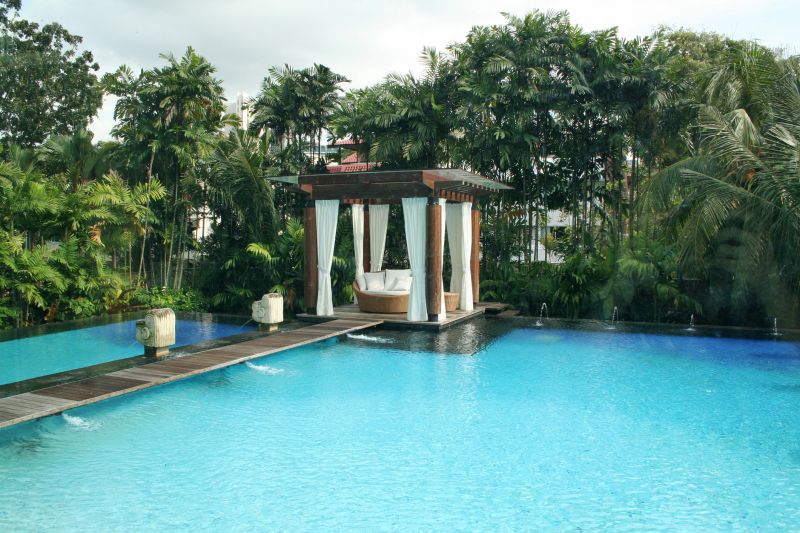
Simple add-ons that improve Enclosed Gazebo Installations without blowing the budget.

High-end options that actually feel worth it for Enclosed Gazebo Installations.

Finishes and colors that play nicely with Enclosed Gazebo Installations.
Enclosed gazebo installations involve assembling a structure that provides protection from the elements while enhancing outdoor living spaces. These installations can include features such as insulated walls, sliding glass panels, and integrated electrical systems, making them suitable for year-round use. Proper timing ensures that materials are not exposed to adverse weather, which can compromise structural integrity or extend installation timelines.
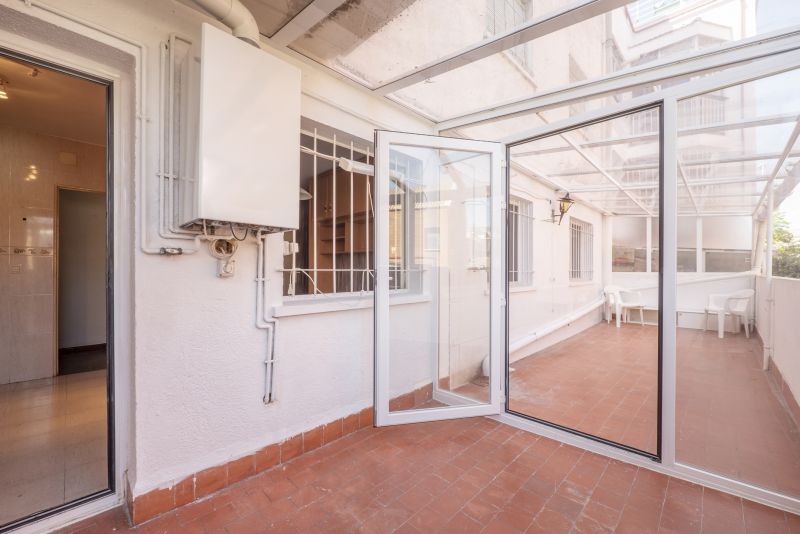
A fully enclosed gazebo designed for year-round comfort.

Enhanced insulation provides temperature control for all seasons.

Electrical features for lighting and climate control can be installed during optimal seasons.
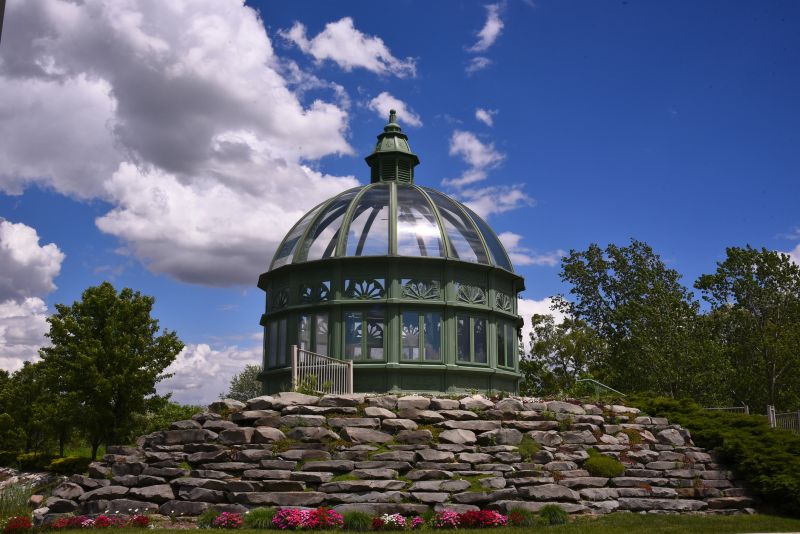
Tailored designs ensure the structure meets specific outdoor space needs.
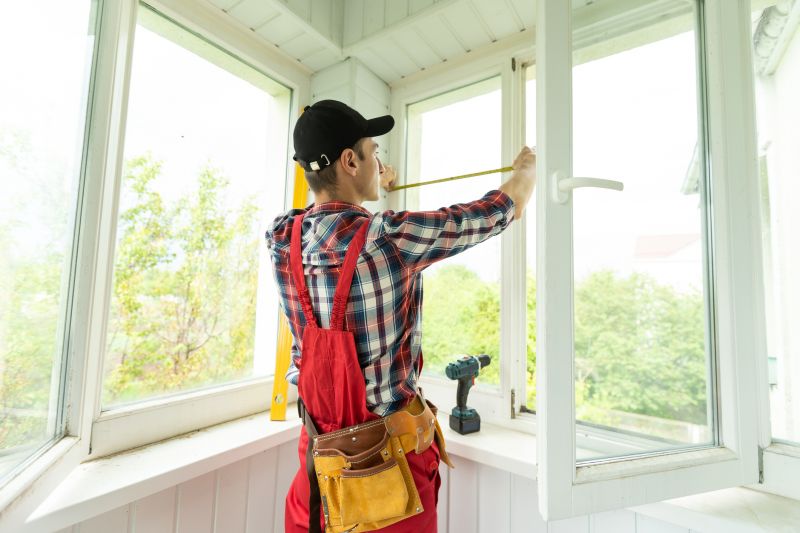
Little measurements that prevent headaches on Enclosed Gazebo Installations day.
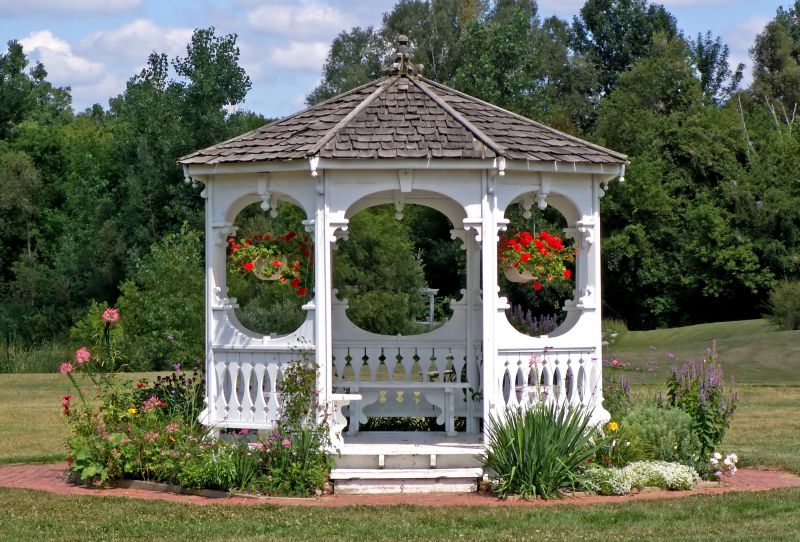
A 60-second routine that keeps Enclosed Gazebo Installations looking new.
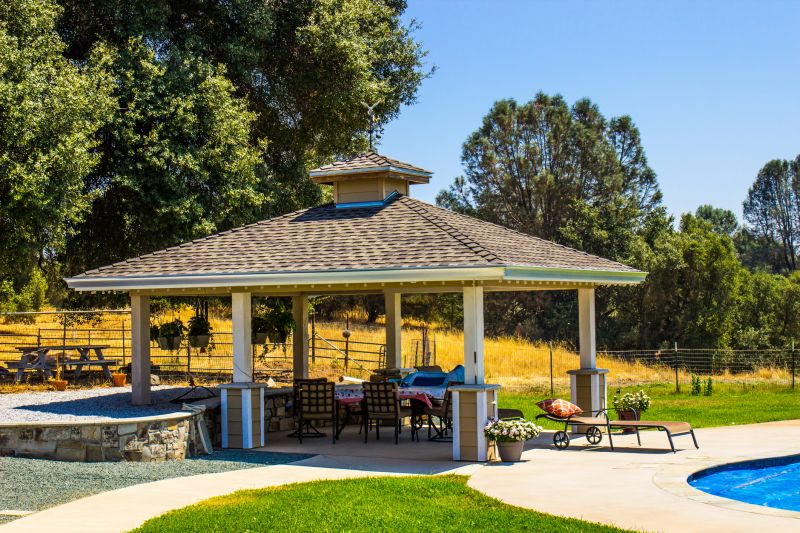
A frequent mistake in Enclosed Gazebo Installations and how to dodge it.
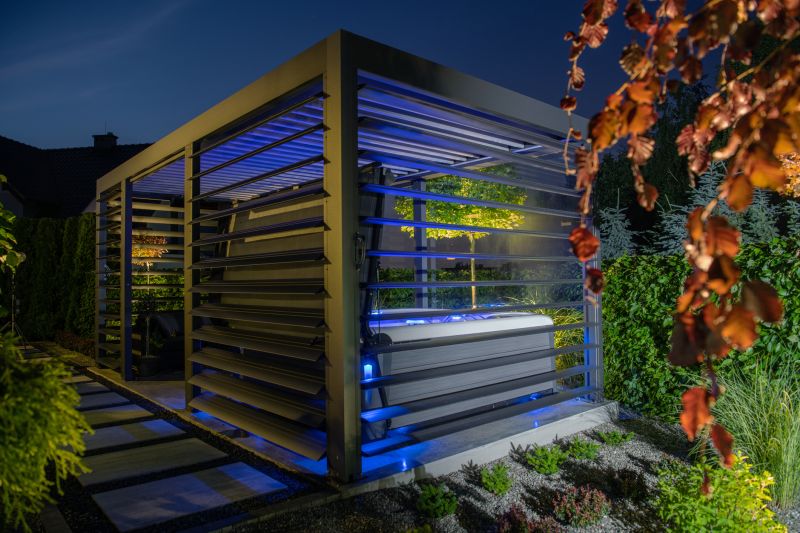
Small tweaks to make Enclosed Gazebo Installations safer and easier to use.
| Season | Ideal Conditions |
|---|---|
| Spring | Moderate temperatures, longer days, manageable humidity |
| Summer | High temperatures and humidity, potential for delays |
| Fall | Cooler weather, less humidity, good for installation |
| Winter | Cold temperatures, potential for snow and ice, not recommended |
Proper planning for enclosed gazebo installations considers seasonal weather patterns to ensure safety, quality, and durability. Scheduling during periods with stable weather conditions minimizes delays and reduces the risk of material damage. Consulting with installation professionals can help determine the most suitable time based on local climate specifics.
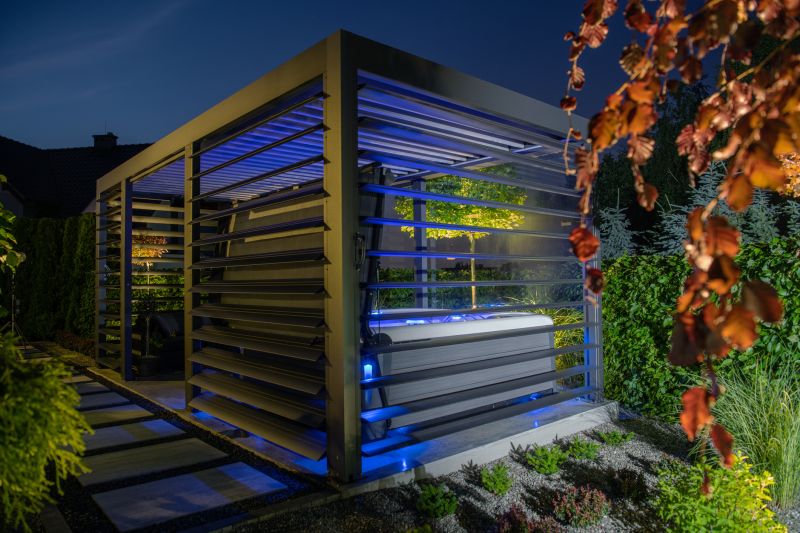
Ideal conditions for a seamless installation process.
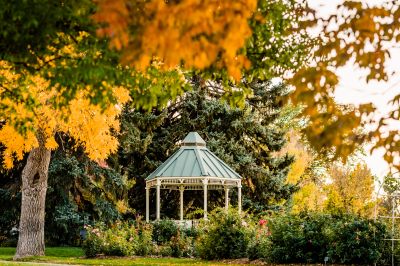
Optimal weather for durable construction and finishing.
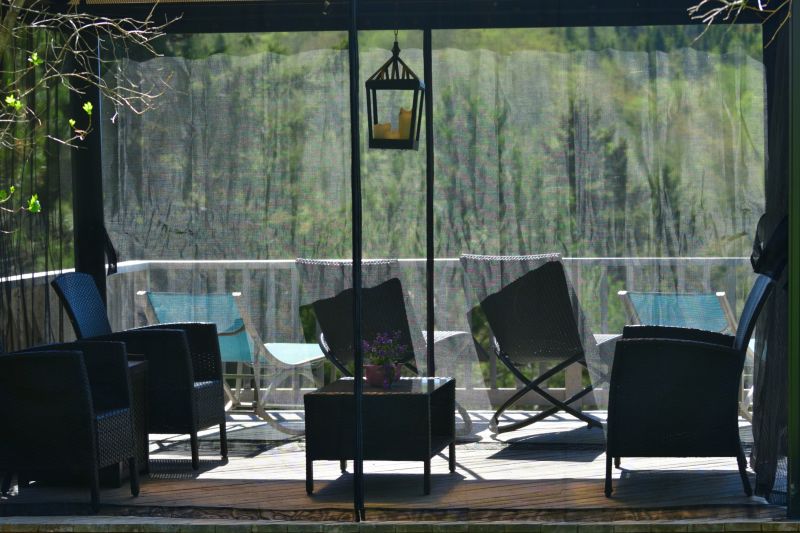
Designed for all-season use with proper seasonal planning.

Weather considerations are key to successful setup.
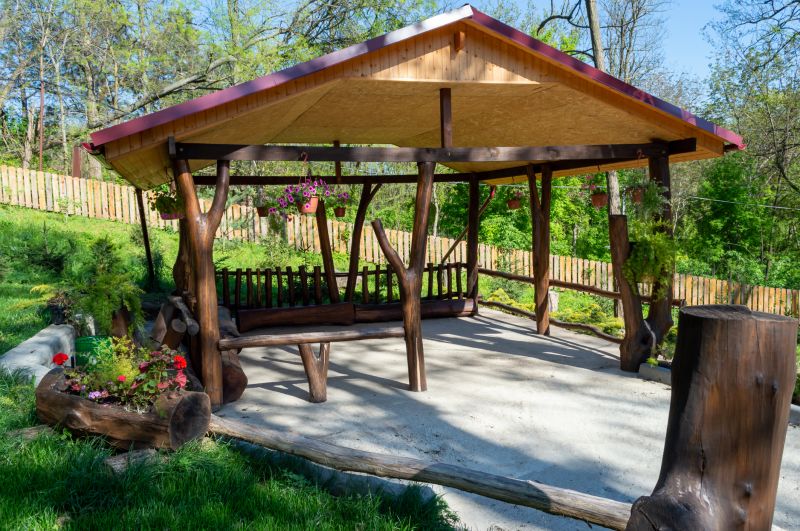
Lower-waste or water-saving choices for Enclosed Gazebo Installations.

The short, realistic tool list for quality Enclosed Gazebo Installations.
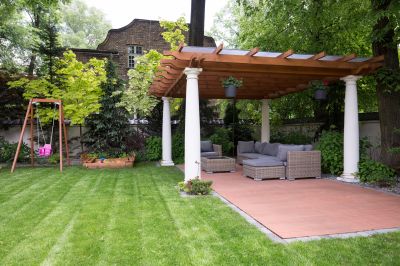
Rough timing from prep to clean-up for Enclosed Gazebo Installations.
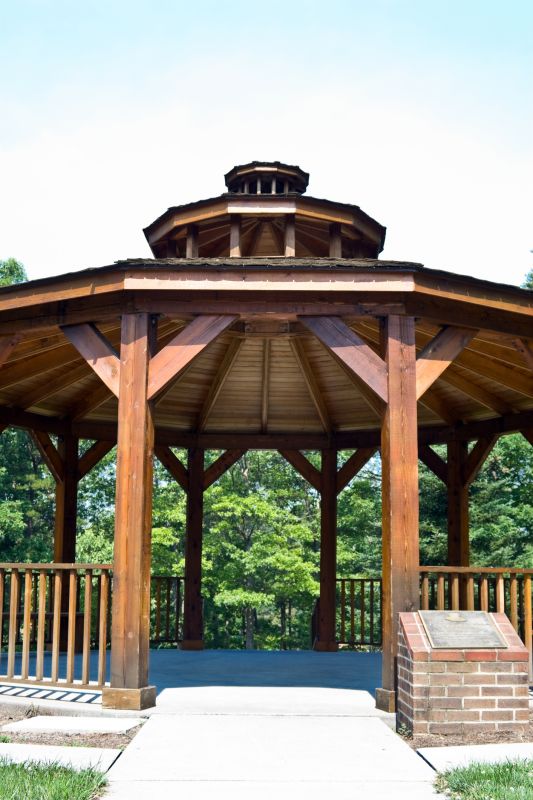
Quick checks and paperwork to keep after Enclosed Gazebo Installations.
Interested parties are encouraged to contact for further details on timing and planning. Proper scheduling can ensure a smooth installation process, resulting in a durable and functional enclosed gazebo suitable for year-round outdoor enjoyment.
